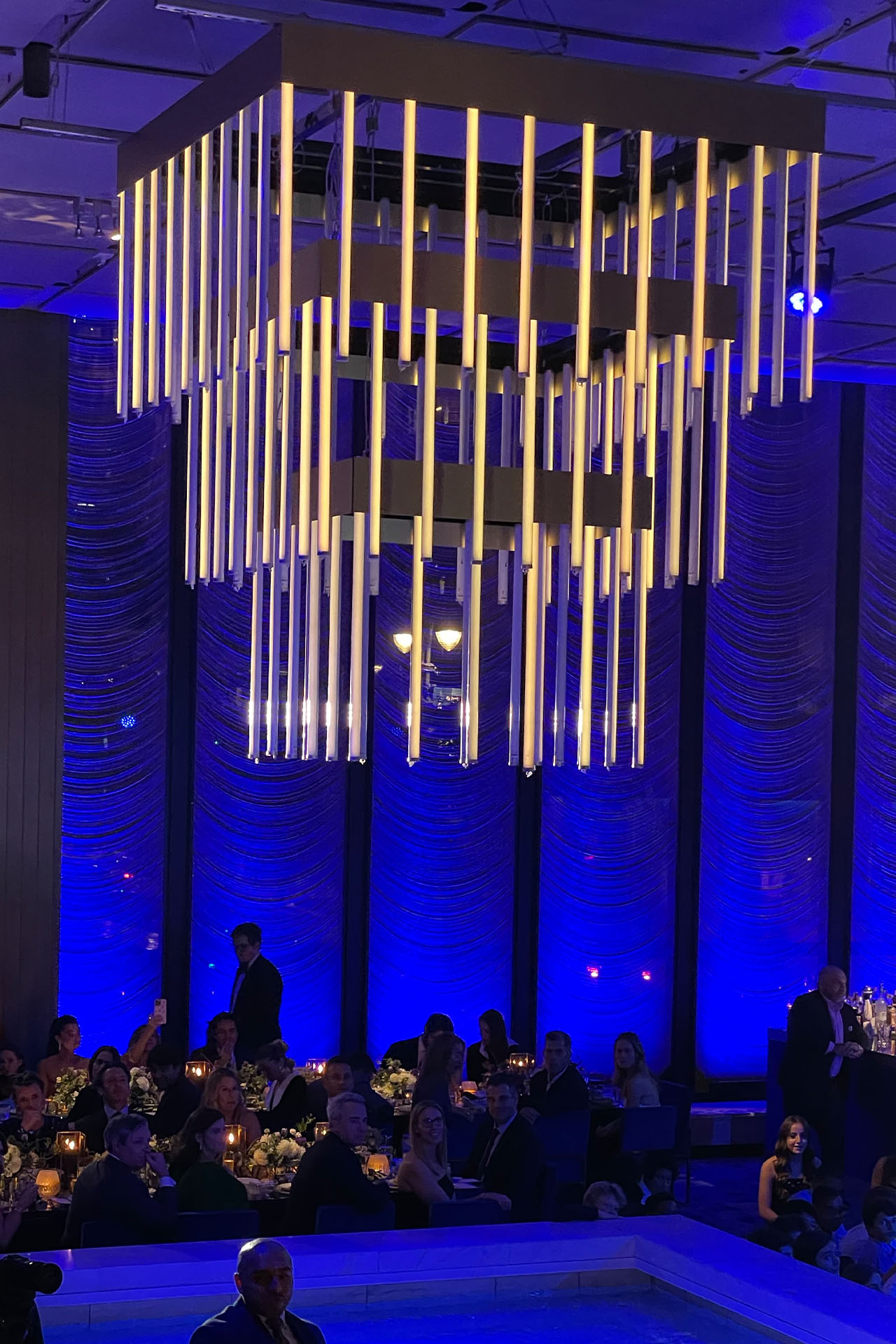Conquering Obstacles in the Craft of Video Image Projection Mapping Execution
Wiki Article
Video projection mapping is an innovative method that converts common surfaces into engaging displays. This technique allows creators and design professionals to cast images and footage onto items like structures, sculptures, or theaters, creating an engaging visual experience. However, despite its capabilities, executing video projection mapping successfully comes with several obstacles. Understanding and overcoming these obstacles is essential for anyone looking to create impactful projection art.
One of the main difficulties in video projection mapping is ensuring that the displayed graphic matches accurately with the object. This process, known as "mapping," demands precise calculations and calculations. If the display is not matched correctly, the images can appear warped or misplaced. To tackle this issue, artists often use specialized software that helps in mapping the graphics to the object's dimensions. Moreover, conducting comprehensive tests before the ultimate projection can help detect any misalignments and enable for adjustments to be made.

Another major obstacle is the varying brightness and hue of the projected visuals. Different materials respond differently to illumination, which can influence how the colors look once cast. For instance, a pale material will reflect brightness differently than a live event technical production deep one. To overcome this, creators must consider the surface characteristics before choosing the colors and light levels for their projections. Testing the projection on the real surface during the planning phase can provide essential insights into how the final show will appear.
Technological issues can also create a challenge in video projection mapping. Issues such as equipment failure, software glitches, or network issues can interfere with the entire project. To reduce these risks, it is essential to conduct comprehensive equipment inspections and have backup plans in place. This can comprise having additional cables, projectors, and even alternative software choices ready to go. Being prepared for technical issues can ensure a smoother implementation of the projection.
Finally, viewers' engagement is an important aspect of video projection mapping. While the graphics are key, how the viewers interact with the display can make a significant impact. Artists must think about how to create their displays to attract viewers’ focus and promote participation. This can click to find out more entail adding elements that encourage engagement or create a narrative that resonates with the audience. Gathering input from test viewers can also help enhance the show to improve engagement.
In summary, overcoming obstacles in video projection mapping requires careful preparation and creativity. By addressing the issues of alignment, brightness, technical issues, and audience engagement, artists can create spectacular and effective projections. With the right strategies in place, video projection mapping can transform common areas into remarkable encounters, engaging audiences and leaving a lasting impression.